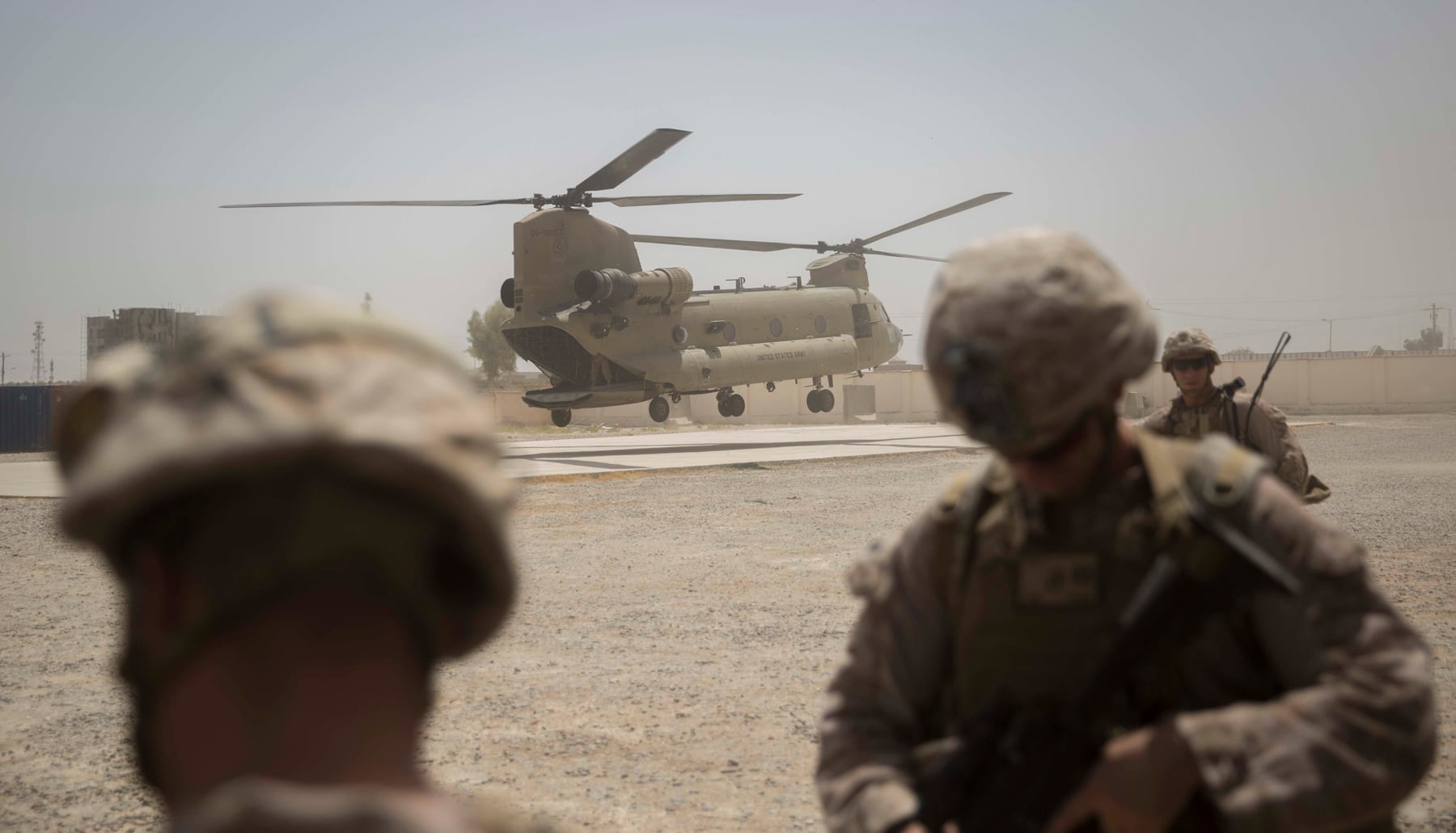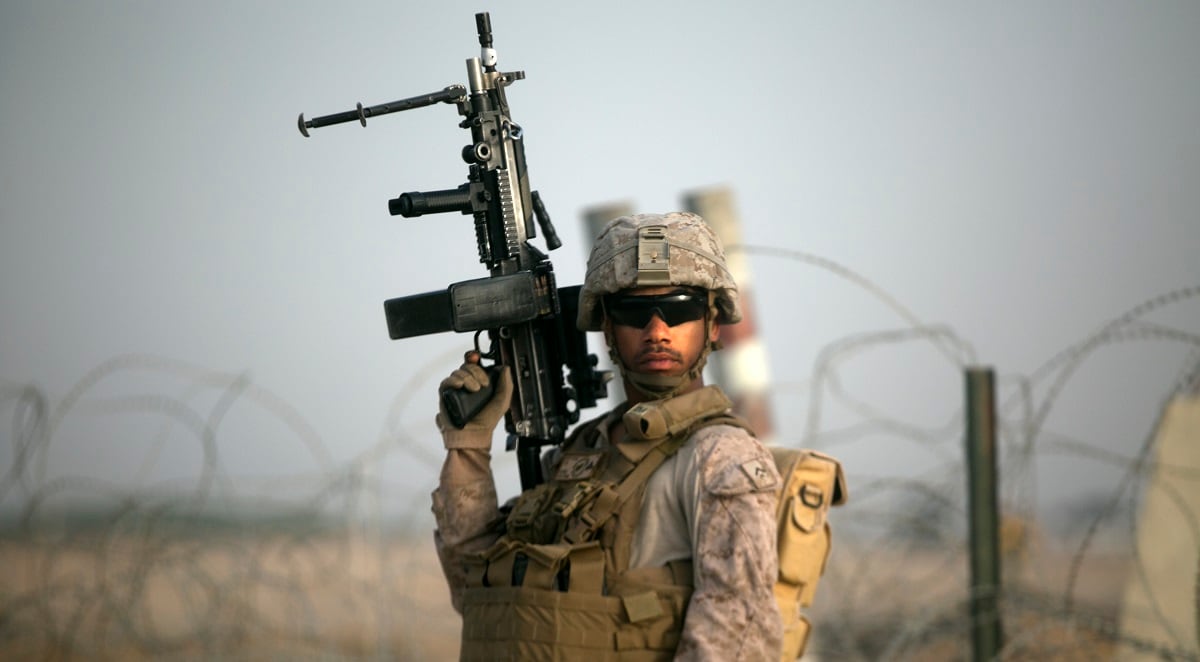The commanding general of a 300 Marine task force in Helmand, Afghanistan, described the rapid drawdown of U.S forces in Afghanistan under the Obama administration premature.
The comments from Brig. Gen. Benjamin Watson, the commanding general of Task Force Southwest, came in an interview with Forces Network.
“From a military perspective we left absolutely too soon,” Watson said in the interview. “We left Afghan security forces with more than they could handle, and I think we saw the catastrophic results over the next year or two.”
The small adviser force of 300 Marines known as Task Force Southwest is now in its second iteration in the war-torn region. And after over a year of advising and supporting Afghan forces, the fledgling Afghan army is on the mend in the volatile Helmand province.
Afghan forces “lost significant territory,” after the U.S. departure from the region, Watson said in the interview.
By spring of 2017 — just as Task Force Southwest was gearing up for the Corps’ first return to Helmand since 2014 — the capital of Helmand province, Lashkar Gah, was “on the verge of falling to the Taliban,” Watson added.

Gunfire could be heard on a regular basis from inside the city, Watson said in the interview with Forces Network.
Afghan forces, with the aid of Marine advisers, have since pushed back the Taliban onslaught and increased the security bubble around the beleaguered city.
Much of central Helmand is now under the control of Afghan security forces, according to Watson. That region equates to almost 60 percent of the Afghan population in Helmand province under Afghan control — meaning much of the vital and strategic infrastructure in the unstable province is controlled by government forces, Watson explained to Forces Network.
But the majority of territory in Helmand is still under Taliban control.
The latest government watchdog report from Special Inspector General for Afghanistan Reconstruction, or SIGAR, described a dire situation. Nine of 14 districts are under insurgent control, roughly 56 percent of the population.
“Despite the positive effects of force saturation, all of Helmand eventually deteriorated and the province is now among the most clearly Taliban-controlled provinces in the country,” the SIGAR report, released at the end of July, stated.
Helmand Valley serves as a lucrative drug hub for Taliban forces. In late fall, Task Force Southwest began targeting Taliban narcotics financing and key leaders in the region with airstrikes and precision rocket artillery known as HIMARS.
But in Helmand poppy cultivation is up 79 percent from 2016 numbers, according to SIGAR.
“According to DoD, international demand and market incentives for opium production remain high. Sanctions, targeting insurgent revenue streams in certain areas (such as Helmand Province), and the destruction of their weapons and fighters have led to changes in how insurgents operate,” the SIGAR report reads.
Territorial gains this year by Afghan forces in Helmand have been scant. But the Marines did just wrap up a nearly two-week adviser operation in Sangin.
High attrition and casualty rates continue to plague Afghan forces in Helmand, the BBC reported.
Shawn Snow is the senior reporter for Marine Corps Times and a Marine Corps veteran.





